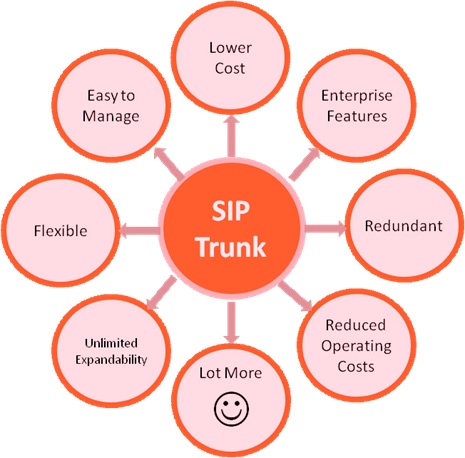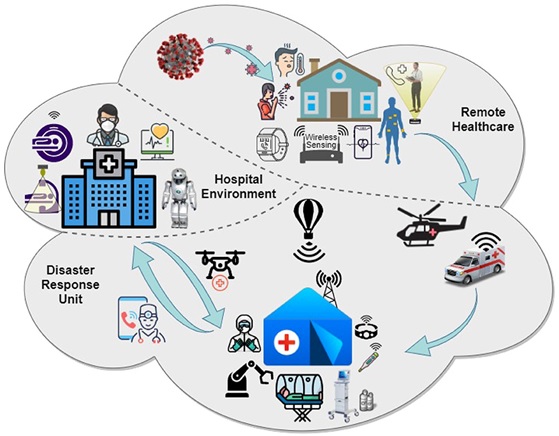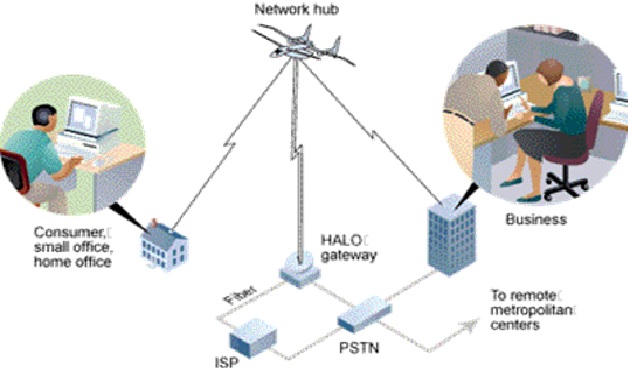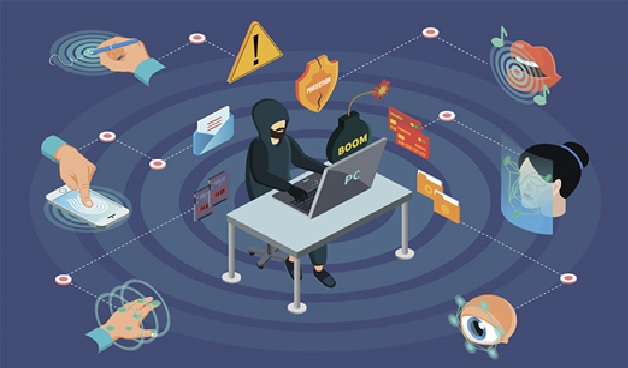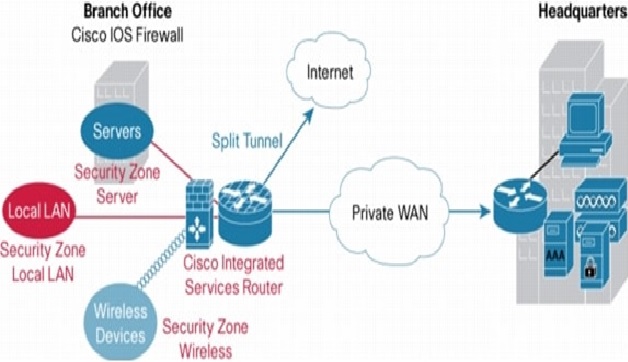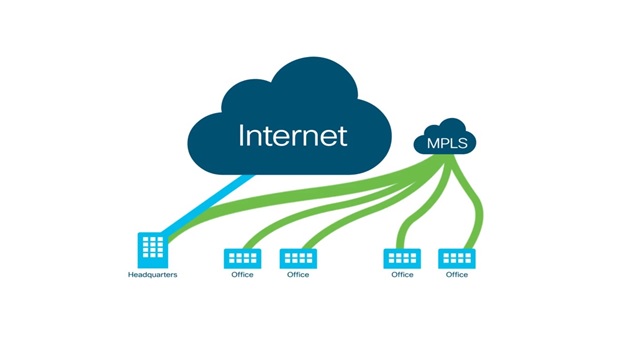Streaming Media Protocols
Each time you watch a live stream or video on demand, streaming protocols are used to deliver data over the internet. These can sit in the application, presentation, and session layers.
Online video delivery uses both streaming protocols and HTTP-based protocols. Streaming protocols like Real-Time Messaging Protocol (RTMP) enable speedy video delivery using dedicated streaming servers, whereas HTTP-based protocols rely on regular web servers to optimize the viewing experience and quickly scale. Finally, a handful of emerging HTTP-based technologies like the Common Media Application Format (CMAF) and Apple’s Low-Latency HLS seek to deliver the best of both options to support low-latency streaming at scale.[1]
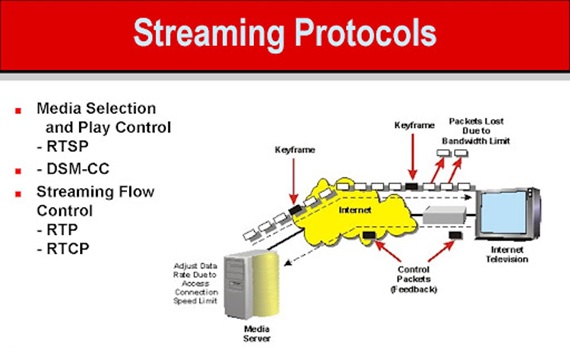
Figure 1. The streaming media protocols
Figure 1 shows As streaming media increased in importance, several streaming protocols were created to address these issues, including the aforementioned RTSP, Microsoft Media Services (MMS) and Macromedia’s (and then Adobe’s) Real Time Messaging protocol (RTMP). At a high level, these protocols shared several common elements. [2]
Streaming Predictions
Our three predictions for the future of streaming center around improved interoperability, increased speed, and ubiquitous streaming.
Improved Interoperability: In many ways, the death of Flash heralds in a new era of enhanced interoperability. The media player’s downfall was brought about in part by Steve Jobs’ criticisms of its proprietary nature. And while proprietary technologies like Apple’s HLS protocol remain prominent in streaming media, open-source alternatives are trending.
Increased Speed: What do you get when you combine 5G, edge computing, and low-latency protocols? Lickety-split video delivery. Low-latency streaming has always been a goal, but that’s not all. Without also delivering on consumer demands for high-quality video and distributor requirements for scalability, low-latency streaming doesn’t hold a lot of weight. The stage is now set for live streaming to deliver on all three capabilities in the coming years.
Ubiquitous Streaming: According to Cisco, the number of internet-connected devices will be more than three times the global population by 2023. It’s safe to assume that a number of these will implement live streaming technology — being as today’s smartphones, refrigerators, drones, and cars already do. [3]
The Most Common Protocols Used for Streaming
Traditional Streaming Protocols
- RTMP (Real-Time Messaging Protocol)
- RTSP (Real-Time Streaming Protocol)/RTP (Real-Time Transport Protocol)
HTTP-Based Adaptive Protocols
- Apple HLS (HTTP Live Streaming)
- Low-Latency HLS
- MPEG-DASH (Moving Picture Expert Group Dynamic Adaptive Streaming over HTTP)
- Low-Latency CMAF for DASH (Common Media Application Format for DASH)
- Microsoft Smooth Streaming
- Adobe HDS (HTTP Dynamic Streaming)
New Technologies
- SRT (Secure Reliable Transport)
- WebRTC (Web Real-Time Communications)[1]
References:
- https://www.wowza.com/blog/streaming-protocols
- https://www.streamingmedia.com/Articles/ReadArticle.aspx?ArticleID=84496
- https://www.wowza.com/blog/future-of-streaming-2020-and-beyond
Cite this article:
Thanusri swetha J (2021), Streaming Media Protocols, AnaTechMaz, pp. 32


